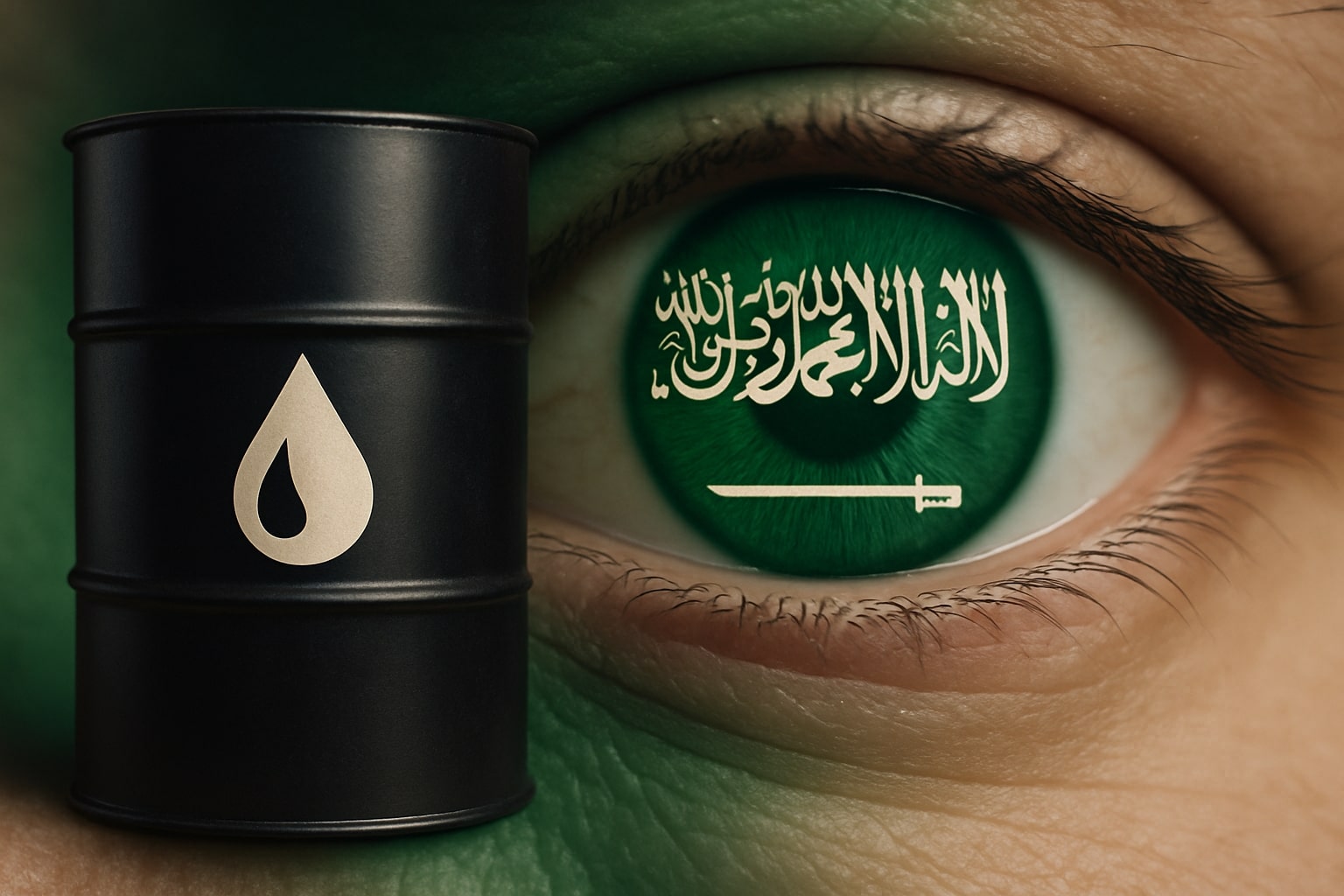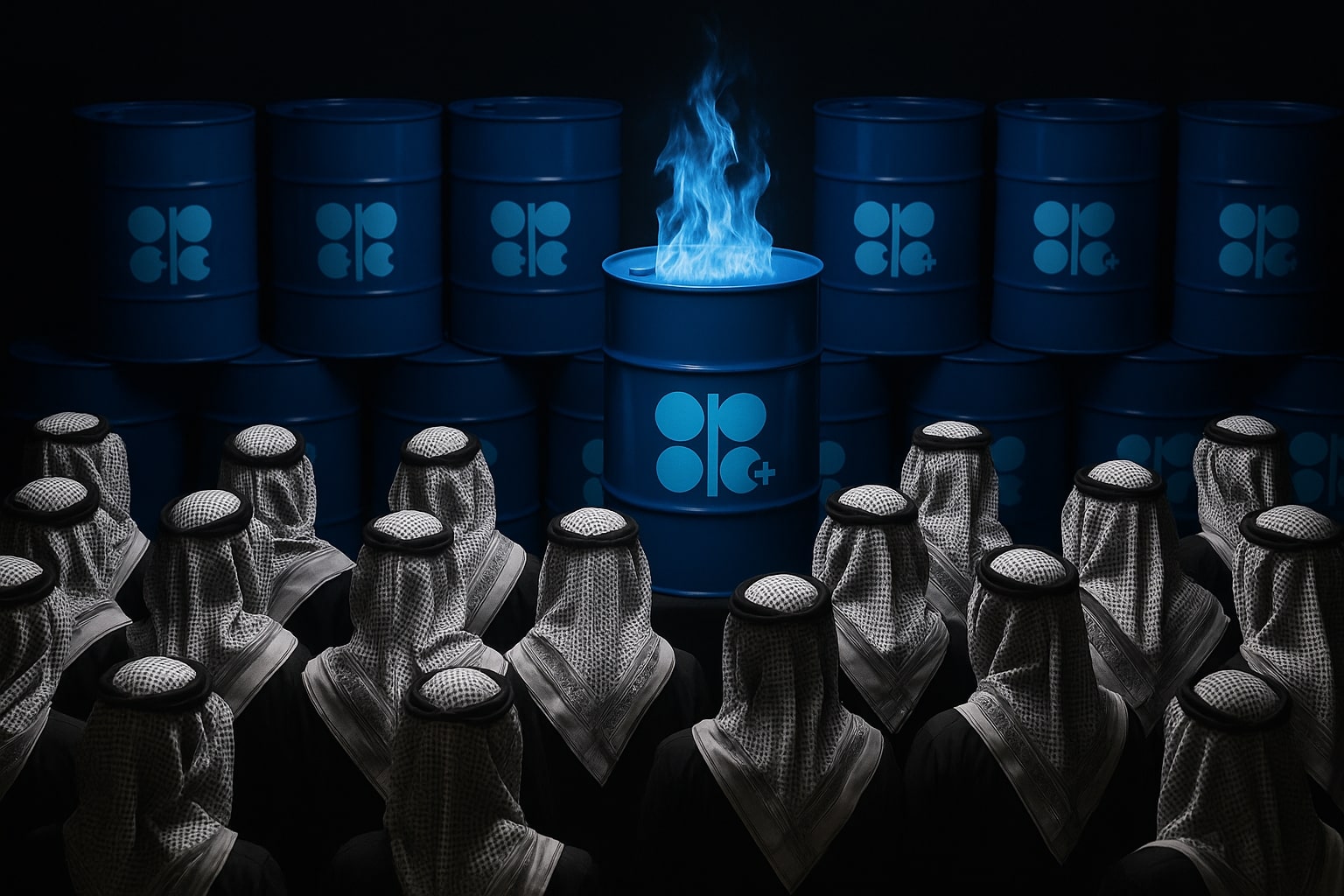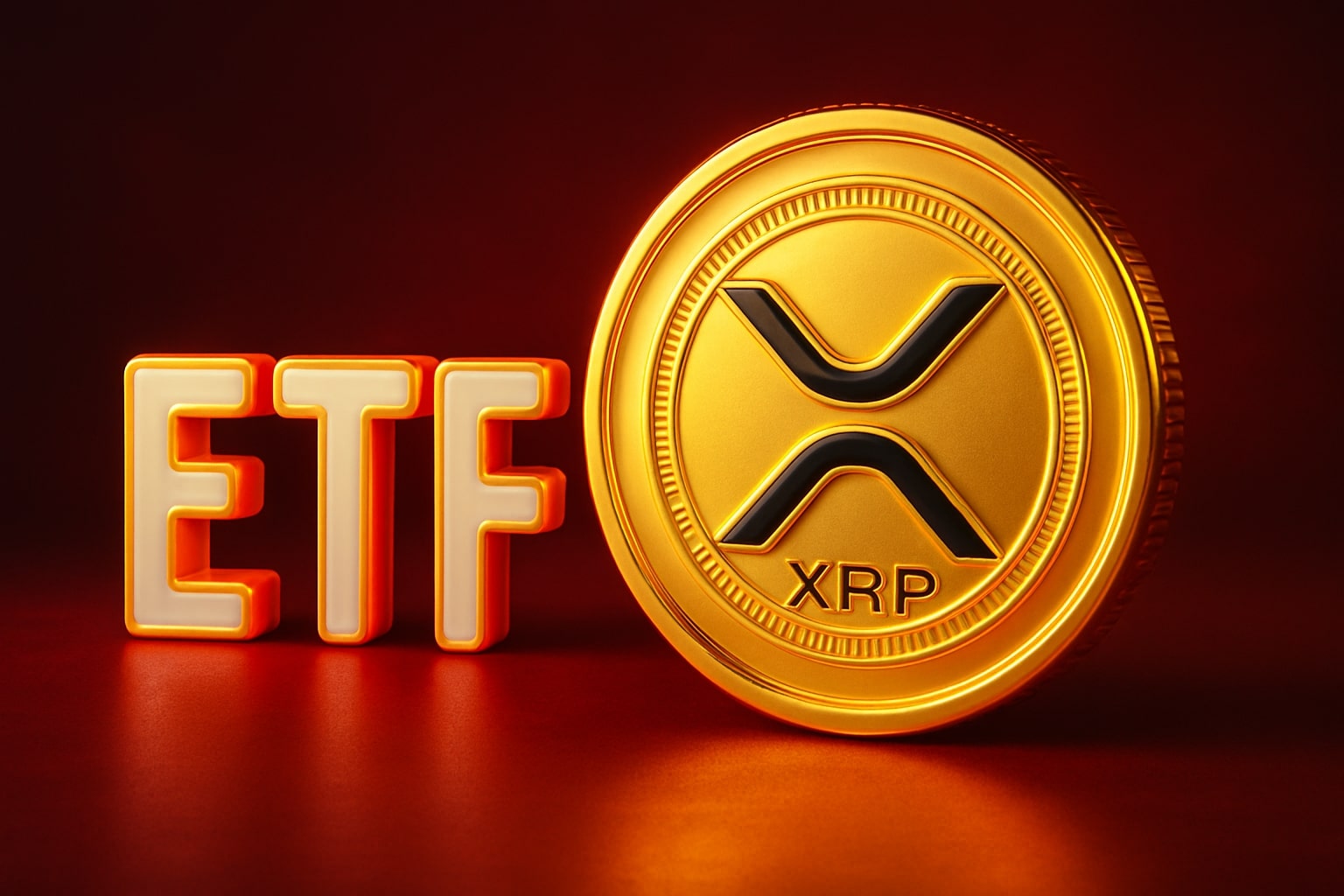
Oil Reclaims $63.80: Will WTI Surge to $68.70 as Traders Eye Saudi Moves?
With OPEC+ adding 411,000 bpd, Saudi prices near 2-month lows, and WTI flashing a breakout — is crude oil setting up for a summer melt-up? | That's TradingNEWS
WTI (CL=F) Reclaims $63.80 Amid Saudi Cuts, ETF Tailwinds, and Russian Quotas
West Texas Intermediate (CL=F) pushed back above $63.80 on Thursday, clawing back earlier losses triggered by bearish U.S. inventory data and Saudi pricing tactics. The rebound, driven by a complex mesh of geopolitical calls, cartel production games, and summer trading setups, is happening even as the physical market remains torn between surplus expectations and political firewalls. For oil bulls, this is not a breakout — it’s a grind. But one that’s stacking in their favor.
Saudi Arabia’s Two-Month Low Crude Prices Are a Signal — Not a Discount
Riyadh slashed its July crude pricing for Asian customers to the lowest in two months, catching traders off guard. This isn’t a simple pricing response. The strategy is to regain market control while punishing quota cheaters — notably Kazakhstan and Iraq — ahead of OPEC+’s summer output ramp. The price cut is effectively a geopolitical lever disguised as a market discount. The move pressures noncompliant states to fall back in line or risk more share erosion. Traders had expected softer pricing but not at these levels. Brent (BZ=F) dropped near $64.76 and WTI hit $62.59 immediately after, before recovering on renewed geopolitical tailwinds.
OPEC+ Adds 411,000 bpd for July — But Supply Fears Still Don’t Materialize
OPEC+ confirmed a 411,000 barrels per day output hike for July. Russia, Saudi Arabia, UAE, Iraq, and others signed off under the claim of “healthy market fundamentals.” But reality is less stable. Russia, whose May production hit 8.979 million bpd — just 19,000 below its adjusted OPEC+ ceiling — is still in compensatory compliance mode after exceeding prior quotas. Its official target was 9.083 million bpd, with a self-imposed 85,000 bpd cut to save face. Kazakhstan outright refused to comply in May and June, a move that weakened cohesion within the group and forced a coordinated PR front at the weekend OPEC+ meeting.
The so-called 411,000 bpd hike may appear large, but when adjusted for undercompliance and shadow barrels from places like Iran and Venezuela, the real increase is more like 300,000 bpd — hardly threatening in the face of ongoing wildfire risk in Canada, EU gas supply crunches, and weak LNG demand in Asia.
Russia’s Tight Production Dance Isn’t Fooling the Market
Russia’s May production figure — 8.979 million bpd — was narrowly under its quota but masks deeper issues. Since classifying its oil data in 2022, analysts have had to reverse-engineer production from ship tracking and refinery output. Bloomberg’s estimate suggests near-perfect compliance, but skepticism remains. The Kremlin is under pressure: oil revenues are falling, the ruble is volatile, and sanctions have tightened. Moscow’s participation in the July hike is less about market optimism and more about protecting fiscal margins.
Notably, the 411,000 bpd increase was initially opposed by Russia and Oman. That they later aligned signals political rather than fundamental unity — a fragile consensus built to maintain appearances rather than discipline.
CL=F Technicals Show Accumulation Zone, $65 Break Could Flip Trend
WTI crude is building strength just below $65. Technical traders are watching this level as a pivot: if broken cleanly, it opens the way toward the 200-day EMA near $68.70. That level marks the broader trend ceiling that WTI hasn’t touched since Q1. For now, the $60 level has acted as strong floor support, absorbing every short-term pullback.
Momentum remains constrained, but the setup mirrors a classic accumulation phase. The slow grind, increasing volume, and lack of new lows suggest big players are quietly rebuilding positions — likely in anticipation of summer volatility and a weaker dollar.
Brent (BZ=F) is showing the same pattern. Sitting near its 50-day EMA, it’s threatening to break $68. If successful, it would trigger an inverted head-and-shoulders breakout — with a projected upside toward the 200-day EMA and above. Accumulation is visible in both volume profiles and candle structures. If geopolitical heat returns or the dollar weakens further, oil may not need supply shocks to surge.
U.S. Inventory Builds Shake Demand Confidence, but Bulls Brush It Off
Official EIA data showed gasoline inventories climbed 4.7 million barrels and distillates added 760,000 barrels last week. Traders interpreted this as a demand miss — especially concerning ahead of the peak summer driving season. But crude inventories dropped 4.2 million barrels, cushioning the blow.
More concerning was the U.S. service sector contraction in May and rising jobless claims. Both point to a softening macro backdrop, potentially capping upside unless risk appetite returns across broader markets.
Still, the reaction was telling. Oil sold off just briefly on the news and reversed as soon as the Xi-Trump phone call hit the wires. The fact that geopolitical optics can still overpower fundamental weakness suggests oil isn’t being priced on supply-demand alone — it's still a political trade.
Geopolitics Returns: Xi-Trump Call, Ukraine Tensions, and Canadian Wildfires
Chinese state media confirmed a direct call between President Xi Jinping and Donald Trump, reportedly at Trump’s request. This came hours after bearish oil data and served as a psychological trigger for risk-on sentiment. While the substance of the call wasn’t disclosed, the timing suggests the U.S. may be softening its stance ahead of critical trade re-engagements — a bullish cue for oil demand expectations.
In parallel, wildfires in Canada threaten to cut into oil sands output again. While not yet headline-grabbing, these seasonal disruptions have historically trimmed several hundred thousand bpd from the market during peak heat waves. With OPEC+ output rising, any involuntary cut becomes disproportionately impactful.
LNG Slack Gives Europe Breathing Room, But Winter Refill is a Headache
Natural gas trends are providing some relief to oil prices. European benchmark TTF prices rose 2% as Norway’s gas infrastructure entered maintenance. While Europe still leans on LNG imports to refill post-winter storage, Asian demand remains sluggish, giving Europe better access to cargoes — for now.
However, if North Asia’s LNG buying ramps during the July–August cooling season, Europe may need to pay premium prices again, which could reignite cross-commodity inflation and pull oil higher via power generation crossover demand.
Verdict: Bullish Bias Toward WTI (CL=F), Buy on Dips Toward $60–$61 with Target at $68.70
Oil is no longer just reacting to supply data — it’s absorbing geopolitical nuance, cartel disunity, and summer volatility. WTI holding above $63.80 after large gasoline builds and a Saudi price cut shows resilience. The technicals point to accumulation and the July OPEC+ hike is largely symbolic given quota irregularities. Russia’s near-quota production and weak fiscal position underscore fragility in supply assumptions.
The setup favors upside: accumulation beneath $65, geopolitical support, Canadian supply risk, and technical breakout signals. As long as CL=F holds $60, the risk-reward favors long positioning with targets near $68.70 and stop-outs under $59.50.
Rating: Buy
Price at time of writing (WTI CL=F): $63.82
Resistance: $65 / $68.70
Support: $60 / $59.50
That's TradingNEWS
Read More
-
JEPI ETF Edges to $57.11 as Yield Holds Above 8% and Covered-Call Premiums Power Income
11.11.2025 · TradingNEWS ArchiveStocks
-
XRP ETFs Slide — XRPI Down to $14.18 and XRPR to $19.80 as Investors Lock In Gains After Record Run
11.11.2025 · TradingNEWS ArchiveCrypto
-
Natural Gas Price Steadies Near $4.40 as Record U.S. Supply and Weather Volatility Define Market
11.11.2025 · TradingNEWS ArchiveCommodities
-
USD/JPY Price Forecast - Yen Holds Near 154.00 as Yen Slides and Market Awaits Fed-BoJ Policy Shift
11.11.2025 · TradingNEWS ArchiveForex



















